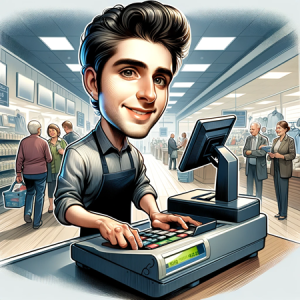
Objective:
The objective of this lesson is to impart baristas with techniques to quantitatively measure and analyze the impact of their barista skills. By the end of the lesson, learners will be able to utilize various tools and methods to assess the quality of their coffee-making process, customer service, and overall operational efficiency, leading to improved customer satisfaction and business success.
Comprehensive Content Overview:

Barista skills encompass a range of competencies from coffee knowledge and preparation to customer service. In this lesson, we focus on the quantitative measurement of these skills. The key areas include:
- Espresso extraction analysis.
- Milk texturing and temperature measurement.
- Workflow efficiency.
- Inventory management.
- Customer satisfaction metrics.
- Financial performance indicators.
In-depth Explanations with Actionable Insights:
Espresso Extraction Analysis: A well-pulled espresso shot is central to many coffee drinks. Measuring the extraction involves timing the shot, assessing the volume, and using a refractometer to measure Total Dissolved Solids (TDS). For instance, a standard shot may take 25-30 seconds and yield about 30ml of espresso. A higher TDS reading generally indicates a stronger and potentially over-extracted shot, while a lower TDS may imply under-extraction.
Milk Texturing and Temperature Measurement: The ideal temperature for steamed milk is around 60°C to 65°C (140°F to 149°F). Use a thermometer to ensure consistency. Overheated milk loses sweetness and can scald customers.
Workflow Efficiency: Measure the time ...








